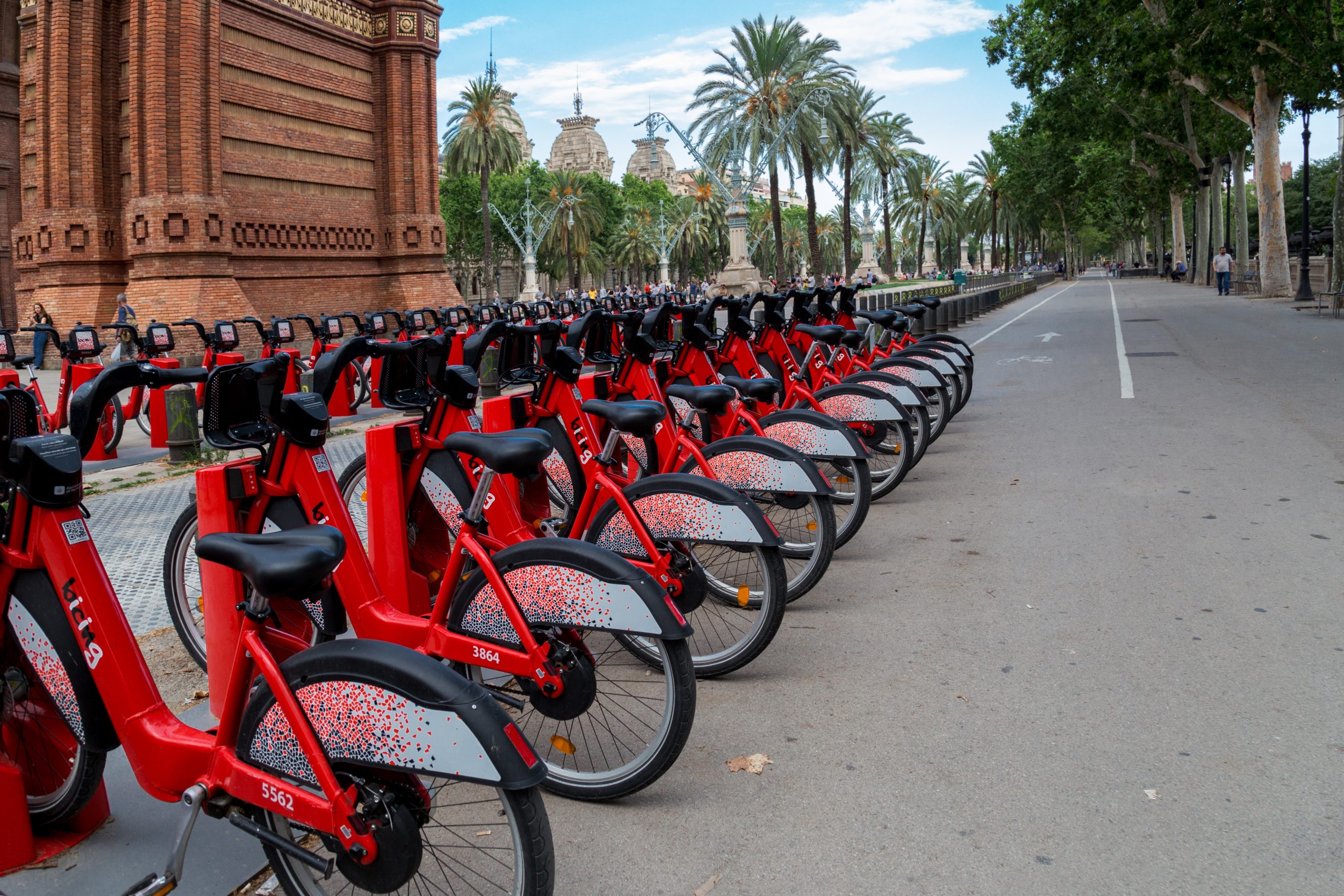News
A new nature index will help cities deliver for future generations

Comment | May 2024
Jonny Hughes, WCMC Chief Executive Officer and Senior Representative at UNEP-WCMC, celebrates a new, globally recognised, science-based tool for monitoring urban ecological performance.
In the 1850s, Barcelona was fast becoming an unliveable city. The population was densely packed behind the city’s medieval walls. People struggled to move goods around. Disease outbreaks were common. But a programme of careful urbanisation helped to lay the foundations for what is now one of the world’s most admired urban centres. Neighbourhoods were designed to consider air flow and public services, and gardens and tree-lined streets were integrated into the urban fabric.
I remember the first time I visited Barcelona being impressed by its walkability. Since this time the city has upped its game substantially, implementing a master plan for trees and a genuinely innovative Superblock initiative to transform inner city streets into quieter, greener havens.
This week sees delegates arriving in Barcelona for a conference of the Conexus project, which seeks to bring together Latin American and European partners to strengthen international cooperation on urban nature-based solutions and ecosystem restoration. Those attending the conference include one of my colleagues from UNEP-WCMC's Nature-based Solutions team in Cambridge. As they join attendees from across the world, they will be exploring innovative ideas to further accelerate the use of nature-based solutions in urban areas.
Like many growing cities around the world, Barcelona is facing problems with rising housing costs, traffic congestion, extreme heat events, rising sea levels, flash flooding and inequitable access to urban greenspace.

The pandemic exacerbated many of these pressures and had the effect of accelerating the rollout of a number of plans and projects to alleviate them. The Barcelona Green Deal, for example, set out how to increase the city’s economic competitiveness, sustainability, social equity, green transition, shift towards digital technology and future jobs potential. The Barcelona Nature Plan aimed to increase the amount of green space per resident by a square metre per resident by 2030.
Barcelona is to be commended for bringing these plans forward, but major challenges remain. One such is understanding the various dimensions of nature within the city. It’s also important to know what impact the city has on its surrounding areas and distant ecosystems, through its ‘exported ecological footprint’. Measuring nature in a systematic way through a trusted set of metrics and indicators can help here.
Using metrics and indicators to drive ambition on urban nature
We can build up a clearer picture of a city’s impacts and dependencies on nature by developing metrics and measures for nature in a city context.
Some advanced cities like Barcelona may have already developed their own metrics systems for monitoring their progress on urban nature. However, the majority of cities do not consistently use or do not have access to robust, science-based metrics and indicators in this way.
This was the impetus for developing the IUCN Urban Nature Indexes (UNI), a tool designed to enable cities around the world to understand, measure and set targets to improve urban nature.
Within one comprehensive system, the UNI comprises six themes: consumption drivers, human pressures, habitat status, species status, nature’s contributions to people, and governance responses. Under each theme there are five indicators, covering issues such as climate change, biodiversity, ecosystem services, pollution, consumption, water management, and equity. Through its dashboard, and clear and simple capacity assessment, the UNI provides city mayors and leaders with a cost-effective, science-based method for establishing baselines and setting targets to protect and restore nature. Importantly, the UNI is context specific and modular. Cities can choose which indicators are most appropriate for their specific needs and conditions. Neither is the UNI about generating league tables. All cities are different. It is the targets, set from the established baselines, which are most important to drive action, not comparisons with other cities that are likely to have very different, and therefore incomparable, urban environments.
The UNI was initially piloted in five cities; Curridabat, Lagos, Mexico City, Paris and Singapore, and is now publicly accessible as an online tool for all.
Last month, we presented the UNI to the scientific community through publication in Nature - Urban Sustainability. The IUCN Urban Alliance is now encouraging cities everywhere to explore the platform. Anyone involved in urban planning is invited to use the tool to catalyse nature-positive transformations.
As more data from cities around the world is uploaded, the intention is to use this central platform to track trends in urban ecosystem recovery at national, regional and international levels.
Barcelona has long been a sustainability trailblazer. It was for example the first European city to require the installation of solar water heaters in all new buildings and renovations. Now, as Barcelona looks to enter the next phase of its development as a nature-positive, high-innovation city, it will need to deliver on its ambitious goals for nature and people. The UNI provides a critical resource to help it do precisely that and to support other cities as they follow Barcelona's pioneering spirit.
Main image: AdobeStock_309850306
Have a query?
Contact us
communications@unep-wcmc.org
